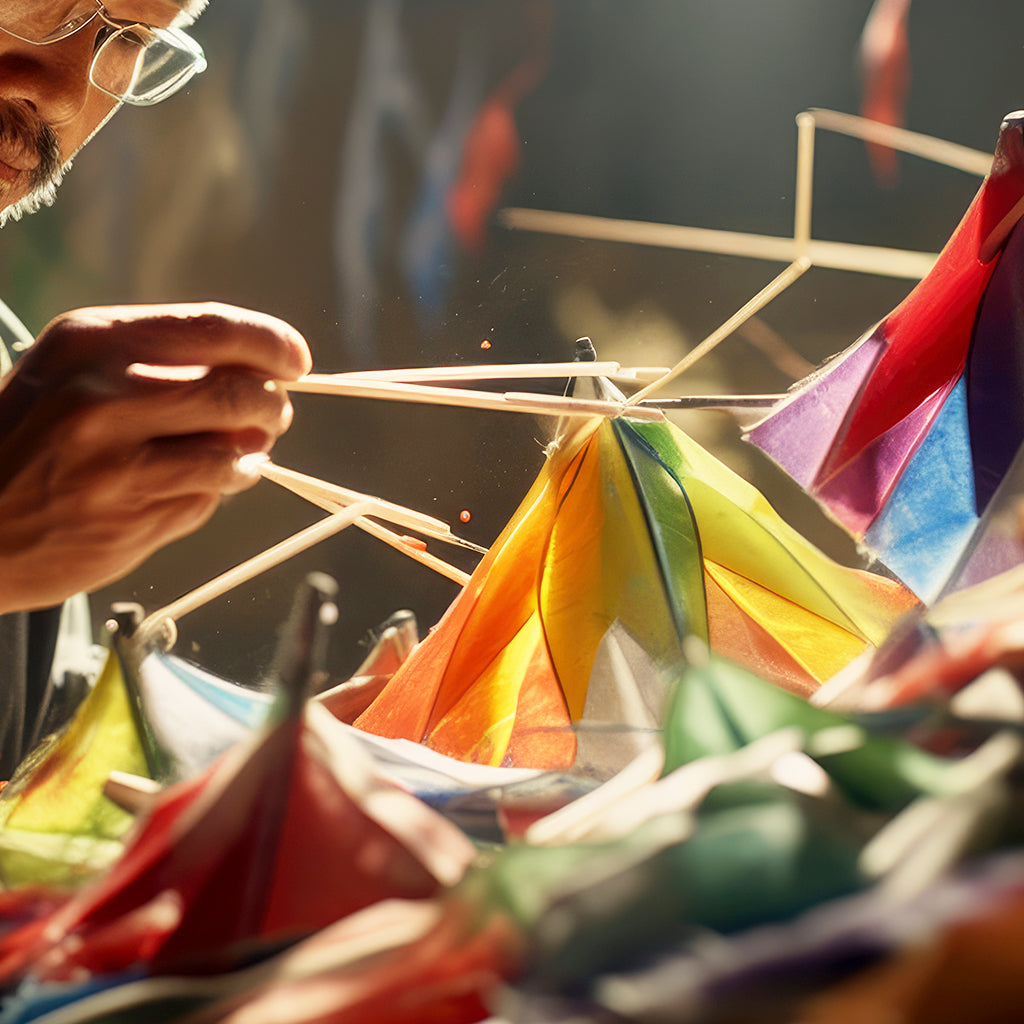
A Brief History of Toys in Asia
Toys form an important part of human history, especially for children. The use of toys dates back to ancient times, as supported by archaeological artefacts found in several ancient civilisations.
In Asia, early toys were created for educational, entertainment, and cultural expression. From inflated pig bladders to clay dolls to wooden figures, toys in the past were certainly very different compared to their modern-day counterparts.
Here’s a quick look at how toys in Asia first looked like:

Vietnam
Tò he, also known as the dough figurine, is a traditional toy that translates to “moulded playthings” in English. This traditional Vietnamese toy is made of glutinous rice flour mixed with water and then added with food colouring: white, black, green, pink, red, violet, and yellow.
The dough is then cooked and moulded into different shapes and forms like animals, flowers, and other beautiful creatures depicting characters in history or fairy tales.
Tò he is also used in cultural festivals in Vietnam, particularly during the Lunar New Year as adornments or given as presents symbolising good luck, prosperity, and a fruitful year ahead. Despite modernisation, Tò he continues to be a cherished part of Vietnamese culture.

Japan
The history of Japanese kites or “tako” can be traced back 2,000 years, when China introduced kite-making to Japan as part of trade and cultural exchange. It is said that the use of kites in Japan was originally for religious purposes – flown during ceremonies and festivals to carry prayers to the Gods.
Kite-flying has since become a popular recreational activity, with each region in the country having its own styles reflecting local traditions and customs.
Today, kites are still given as presents to firstborn sons. They are also flown every May 5th as part of the annual Boy’s Day celebration. To this day, kite festivals are held throughout the country to showcase Japanese artistry, craftsmanship, and cultural heritage.

Korea
Gong-gi, Gonggi, or Kong-Kong is like a game of jackstone, using bits of plastic or metal in various colours and designs. In the past, the game was played with materials that could be found just about anywhere – seeds, shells, beans, pebbles, or pieces of animal bone.
There are numerous ways to play Gong-gi depending on the region. But the most common one involves tossing one of the “pieces” into the air and then quickly picking up other “pieces” before catching the tossed piece using the same hand.

China
Traditional toys in China have a long history and are known to be passed down through generations. One such example is the Bo Lang Gu, or Rattle-drum.
Despite its status as a toy, the Bo Lang Gu was originally conceived as a musical instrument. The drumhead was made of either sheepskin, cowhide, snakeskin or paperboard. To play it, the user would simply twist the drum left and right, causing the pellets attached on both sides of the drum to strike the drumhead. Its popularity has endured in modern times, particularly within regions like Gansu, Yunnan and Sichuan.

Myanmar
Pyit Taing Htaung is an egg-shaped toy made of brightly painted, layered paper and water-down glue. The name translates to “when you throw it, each time it stands”. The toy is designed with a weight at the bottom, allowing it to stand upright after being thrown.
On top of its playful connotations, Pyit Taing Htaung also embodies the values of resilience and perseverance – to never give up and pick oneself up, no matter what (a cornerstone of Burmese culture).
An interesting trait observed among all the examples of traditional Asian toys listed here is that they are made with natural and sustainable materials. While it is likely that this was unintentional, the difference in environmental impact (especially when compared to modern production methods) is as clear as day. This also had a more generous impact on the safety and general well-being of the child in mind, protecting them from possibly harmful by-products and substances while encouraging more creative and stimulating play.
